April – Who’s the Fool?

Embarrassed???
British Columbia recently completed a poll to gauge the extent of personal preparedness throughout the province.
Now you may not live in BC, or even in Canada. But Canada’s history of developing a culture of preparedness pretty much mirrors ours in the U.S., with some of the same ups and downs.
And Canada has experienced many of the same kinds of disasters: floods, fires and terrorist attacks.
So, their surveys are worth looking at.
Unfortunately, this survey led me to this “April Fools Day” theme.
Pretend these are answers YOU are giving to survey questions.
“Sure, I know the threats we face.”
The British Columbians identified their top hazards as earthquakes, wildfires, extended power outages and severe weather. And they distinguished between these based on where they lived: residents living in Vancouver and on Vancouver Island (on the coast) listed tsunamis and earthquakes as hazards; people living in the interior and the north cited wildfires and floods.
So far, so good. But let’s take a closer look in the mirror.
Take me as an example. Here in Southern California even I think first about the risk of earthquake. But as we have reported repeatedly, the most LIKELY emergency is power outage. (Already 3 this year.) Second could be a railroad car accident, since tracks run right behind our neighborhood. Third, a gas line break since there is major construction planned right across the street!
Drive just 2 miles east, and you’ll be in a wildfire area and you’ll face the possibility of flash flooding – even though we get less than 15 inches of rain a year!
Turn around and head 5 miles west, and the list of hazards changes again. First, you’ll be in a liquefaction zone, so if the earthquake hits, damage will be different, and greater. Second, you’d be within the reach of a tsunami.
The point of all this? A simple answer may be TOO simple. You may be fooling yourself if you think your first fast answers are sufficient.
“I know who will be there to help out.”
Most people make some poor assumptions, here, because they are used to one-off emergencies, where police and fire respond, often within minutes.
In a major emergency, First Responders will NOT be able to come by to give you a hand! They will be stretched out serving the entire community – often, with fewer than a half dozen First Responders per 1,000 residents!
In a real disaster, it will take hours, maybe days, for the first wave of organized assistance to arrive. Then, it will take days and maybe weeks for real support — food, water, utility repair crews, etc. – to show up. Yes, Puerto Rico breaks all records for non-response in the U.S. But some people in Texas and Florida are still in short-term housing. . .
The correct answer to the question of assistance is actually two-fold. First YOU are responsible for helping yourself. Second, you and your neighbors may be able to help each other.
And that takes planning in advance!
“Of course I’ve got a personal emergency plan.”
In the Canadian survey, 54% of respondents said they had an emergency plan. . . but only 13% said it was complete. Most households had emergency supplies for up to 3 days, but often with some important items still missing. As for emergency kits in the car, at work, or for evacuation, only about 30% had them.
When it came to insurance for the likely hazards (flood, earthquake) only about half the Canadian respondents had any.
How well do you compare?
“I admit I’m not fully prepared. You wanna know why not?”
The Canadians said they weren’t prepared because of “personal laziness” and “apathy.” And before we point derisively at the Canadians, let’s look at the reasons Americans give for not being prepared. (Thanks to Lucas Gregson for some of these.) Do any apply to you?
• There’s no real threat of the world ending. Maybe not, but what about “minor” disasters, like being laid off your job? Construction that tears up your street? A wreck that takes down the power grid? It doesn’t take total annihilation to mess up your plans for life.
• Too complicated — I can’t prepare for everything. I’ll just deal with it when it comes. Hm. Well, a 72-hour survival kit will address the majority of issues that you’ll encounter. Kits will give family members a chance, too.
• I have faith in the government. Talk about April Fool!
• My sister is prepared; we’ll just go there. What if the disaster hits her, too? How will you get there if roads are impassible? And how welcome will you really be?
• I was a boy scout (alternative: I was in the military). I know how to survive. Starting from scratch, with no tool or supplies? And what about your family if something happens to take you out of the picture?
• I don’t want to be one of those weirdo preppers. Well, you probably buy insurance. Does that make you a weirdo home or car owner? Same concept . . .!
“I’d find it easier to build a survival kit if . . .”
These answers come from the Canadians and from my neighbors, over the years.
• If I knew how to get started.. That’s why we publish so many lists! Survival kit items, step-by-step preparation for a hurricane, etc. If you haven’t yet found a list that works for you, I think that may lead back to the first excuse above, that is, “personal laziness.”
• If I had money to spare. No one has all the cash available for an instant, complete survival set-up. But everyone can add one or two survival items to the stash every month. Start slow – just start!
“What would really get me started on disaster preparedness would be . . .”
• If I had experienced a disaster myself.
Do you detect the problem here?!? (We do regularly start our meetings by hoping for just a small earthquake!)
OK, back to April Fools’ Day.
Wikipedia defines it this way: “ . . . an annual celebration commemorated on April 1 by playing practical jokes and spreading hoaxes. The jokes and their victims are called April fools.”
This Advisory shares some long-standing hoaxes — not to mention some delusions — about the topic of preparedness. Most aren’t really jokes, although I tried to give them a touch of humor. The problem? You could be a victim of any of them!
I hope you’ll treat this seriously so you don’t become one of those April fools.
Virginia
Your Emergency Plan Guide Team
P.S. We regularly involve members of our HOA in discussions like this one. Here’s a true story about emergency supplies from about 6 months ago:
“Raise your hand if you have emergency water supplies at home.” (Just about everyone raises their hand.)
“Raise your hand if you would be willing to share your water with a neighbor who runs out.” (Every hand goes down.)
Makes you think, eh?



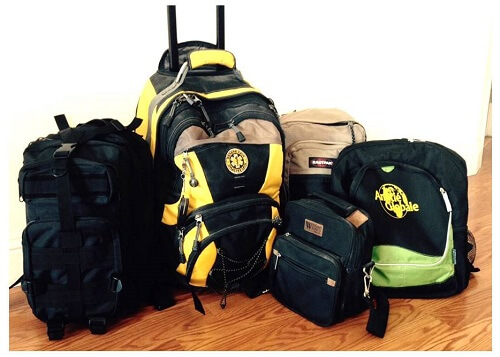
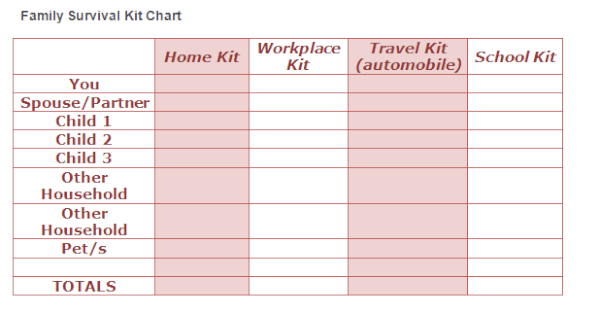


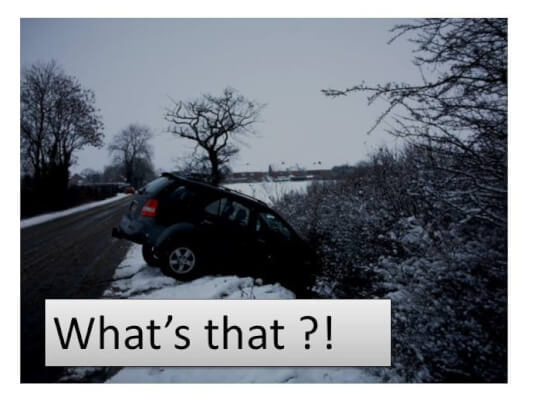






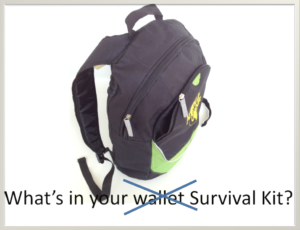 We can’t deal here with all the social issues on campus. But there are some things you can do to make your life away at school a bit safer and more secure. Take the time to check these out.
We can’t deal here with all the social issues on campus. But there are some things you can do to make your life away at school a bit safer and more secure. Take the time to check these out. The working of a typical commercial door hinge may be defeated by use of a belt. Tighten it down to prevent the door from opening, as shown by Bill Stanton, safety expert.
The working of a typical commercial door hinge may be defeated by use of a belt. Tighten it down to prevent the door from opening, as shown by Bill Stanton, safety expert.




 Today I stuffed 20 or so plastic bags into one, so I can take them back to the store to be recycled. It’s amazing how many accumulate in just a couple of weeks – and we carry reusable shopping bags!
Today I stuffed 20 or so plastic bags into one, so I can take them back to the store to be recycled. It’s amazing how many accumulate in just a couple of weeks – and we carry reusable shopping bags! It’s raining in California – at last! Yesterday our day was wet and gray and darkness came early. We stuck close to home and didn’t even take the car out.
It’s raining in California – at last! Yesterday our day was wet and gray and darkness came early. We stuck close to home and didn’t even take the car out.

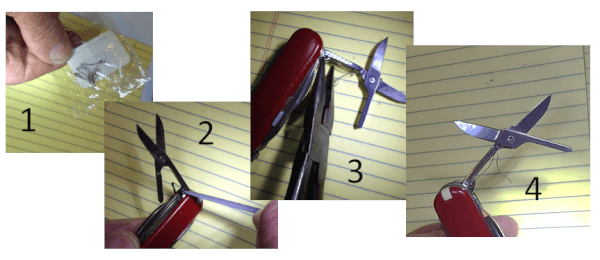




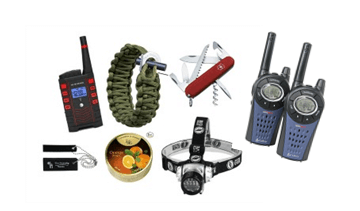


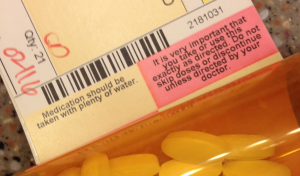
 Setting: In the rental office, talking to the woman behind the desk.
Setting: In the rental office, talking to the woman behind the desk.